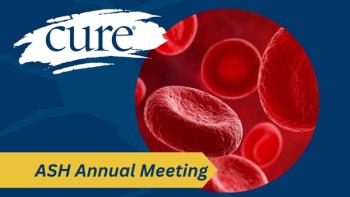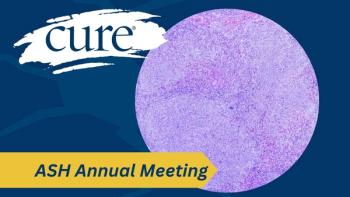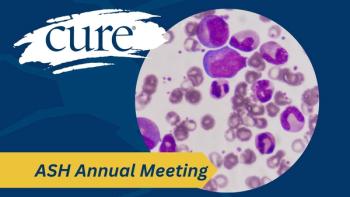
When Cancer Clusters, Create a Medical Family Tree
Creating a medical family tree is helpful. If cancer is common, noting which branches include it can help inform decisions.
You know how medical professionals ask about family medical history? In my case, there is never enough space on a form. Along with other medical concerns, cancer looms large in my family. As time passes, my list of relatives with cancer grows.
In my immediate family, I am not alone. My mother and I both got breast cancer. Other cancers represented include Hodgkin's lymphoma and bladder cancer. Within my extended family, there is more cancer than I would want to list, including breast cancer, multiple myeloma and melanoma.
Looking at a medical family tree I created, I see where certain cancers cluster and which family lines seem to have more resilience. I recommend creating such a medical family tree if you have not done so already. If cancer is common, noting which branches include it coud be useful.
First, early screening can save or extend lives. Guidelines for cancer such as colon cancer or breast cancer may indicate a need to begin routine testing earlier than is the norm. The American Cancer Society and other organizations provide guidelines on screening that are based on risk assessment associated with family and personal histories. Even without genetic testing, an understanding of patterns can help inform wellness care.
Second, knowing a family history may help a person to seek relevant genetic testing before getting cancer, or even after, if testing seems indicated. The organization FORCE (Facing Our Risk of Cancer Empowered) is a useful resource for people who wonder about the prospect of screening. FORCE and other organizations, along with medical experts, can help us to decide if genetic counseling is advisable. While a genetic predisposition does not indicate cancer is inevitable, it can help to know if it might be.
Genetic predispositions include individual cancers that recur as well as cancer clusters. FORCE suggests that anybody with a history, either personal or family, of three or more of certain types of cancer should seek screening. These cancers include adrenal cancer, brain tumors, colon cancer, diffuse gastric cancer, kidney cancer, leukemia, melanoma, pancreatic cancer, prostate cancer, sarcoma, thyroid cancer and uterine cancer.
Third, knowing the pattern of cancer within a family history can help with decisions about early interventions, as with BRCA mutations and prophylactic mastectomies or salpingo-oophorectomies.Early intervention can involve lifestyle choices as well, including sunscreen and healthy diets. Even if a healthy diet will not keep cancer at bay, it may make it easier to survive both the cancer and the cure. It helps to be healthy if you have to be sick.
Fourth, learning about cancer family members experienced can help us advise others as we keep ourselves informed. I read a book about Hodgkin's lymphoma when I was 18. I cannot say that I understood everything I read, as it was a medical book from my college library, but that book started my lifelong quest to understand the science beneath a diagnosis. I have kept up with this disease and changing treatments out of curiosity for decades. Learning about other cancers in my family has made me feel more informed.
Fifth, a medical family tree can open up conversations about loved ones among extended family members. It is fascinating to learn about ancestors and living relatives, including those who survived adversity. A conversation about health challenges including cancer, which may lead us to becoming amateur detectives, can help solve mysteries.
For example, I wondered if my maternal grandmother had died of cancer because of remarks I remembered from childhood. With several siblings dying of cancer, it made sense. Reading her death certificate revealed a surprise. While I did not learn why she had a hysterectomy at an early age, what I learned about her death helped both to supplement family medical history and explain my mother's silence on the subject.
Finally, as interesting as it is to construct a medical family tree, do not get so obsessed with cancer connections that you overlook other medical details. It is heartening to find people who lived a long life and died of benign causes, either after or during cancer. It also helps to see how health trends are both related and interrelated. In my case, knowing that I am predisposed to Type 2 diabetes informs my relationship with cancer because of the insulin-cancer connection.
Whereas cancer histories and clusters may seem daunting, knowledge is power. I do not recommend a fatalistic attitude about what you learn. Acknowledge your history, but be your own person. Seize the day, of course, but seize it responsibly.
For more information:





